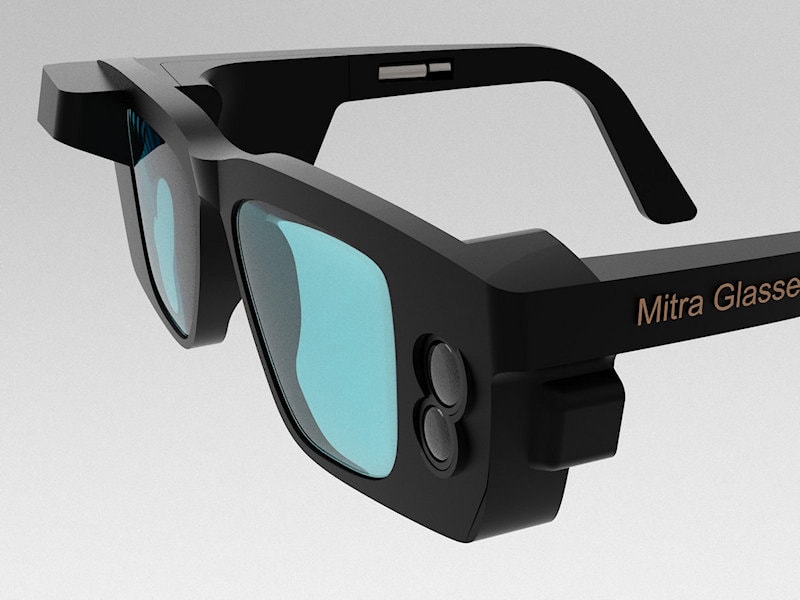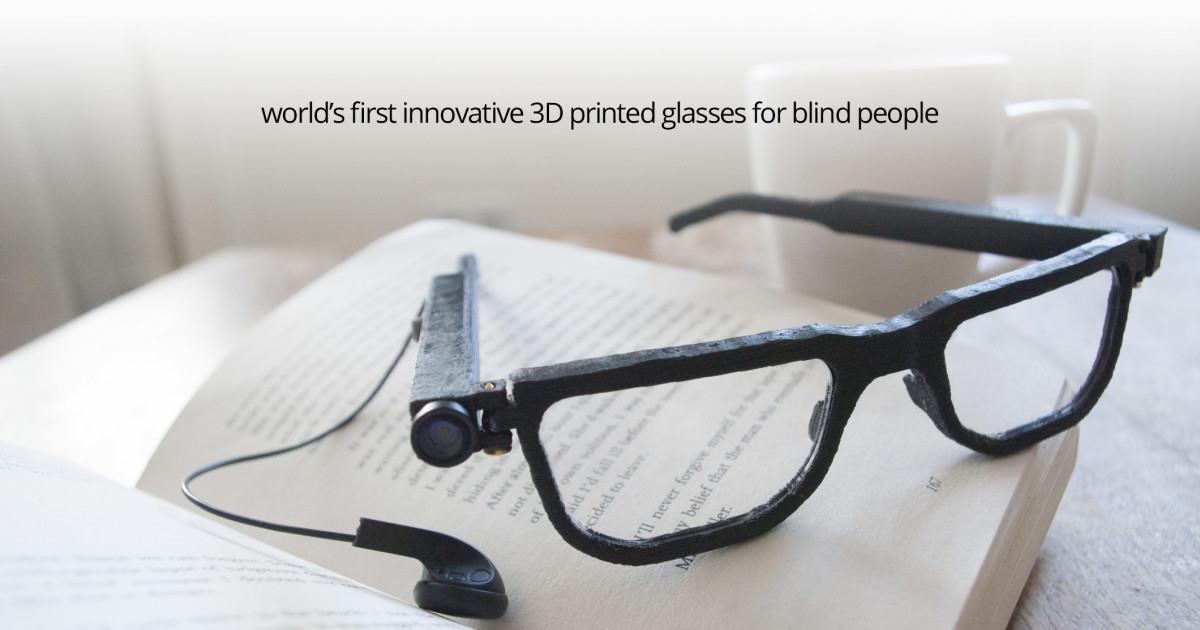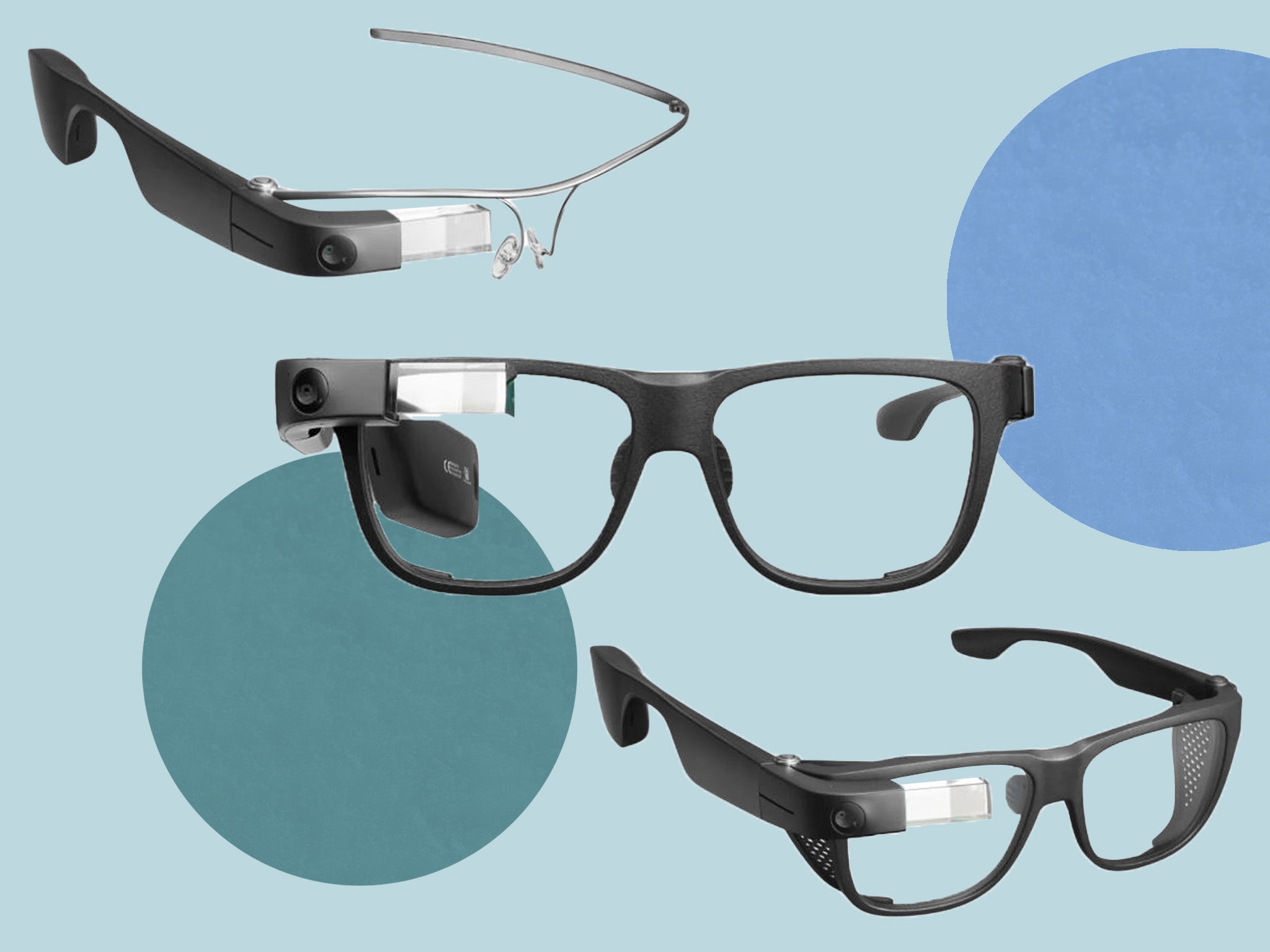Empowering Freedom With Assistive Modern Technology for the Blind
The assimilation of assistive innovation for people that are blind or aesthetically damaged represents a considerable advancement in fostering freedom and enhancing quality of life. With a series of tools-- from display viewers to innovative responsive devices-- these modern technologies not just promote navigation and communication yet likewise promote social incorporation and participation in different facets of life. As we discover the varied kinds of assistive gadgets and their real-world applications, it becomes clear that the influence is extensive. The evolution of this innovation increases important inquiries about access and future advancements that require further evaluation.
Understanding Assistive Technology
Although assistive innovation has advanced considerably for many years, its basic purpose stays the same: to improve the lifestyle for people with disabilities, especially those who are aesthetically damaged or blind. This modern technology encompasses a wide series of tools and tools that facilitate independence and performance in everyday tasks.
Assistive innovation can be categorized right into state-of-the-art and low-tech solutions, each created to meet certain requirements. Sophisticated devices often include software application applications, specialized equipment, and flexible tools that make use of innovative technology to provide support in different contexts. Conversely, low-tech solutions might include day-to-day products that are customized to enhance availability, such as magnifiers or responsive pens.
The combination of assistive technology into the lives of individuals who are blind or visually harmed not just advertises freedom but likewise promotes social inclusion and participation in educational and expert atmospheres. By leveraging these modern technologies, customers can browse their surroundings, access info, and interact successfully, thus boosting their total high quality of life. Comprehending assistive technology is vital for specialists, caretakers, and supporters who aim to support people in maximizing their possible and achieving better freedom.
Kinds of Assistive Instruments
Assistive devices for the visually damaged and blind are important tools that boost daily living by attending to particular difficulties run into by customers. These devices can be broadly categorized into three major types: optical tools, electronic devices, and sensory tools.

Sensory gadgets, such as Braille displays and tactile maps, give alternative ways to receive details. Braille shows convert digital message right into Braille, making it possible for users to go through touch. Responsive maps use spatial understanding with increased structures and lines, enabling much better ecological awareness.
With each other, these assistive gadgets encourage individuals with aesthetic problems to involve even more fully with their environments, advertising greater self-reliance and self-confidence in everyday tasks.

Effect On Life
The combination of assistive modern technology right into the lives of individuals who are blind or aesthetically impaired significantly boosts their capacity to engage and browse with the globe around them. Gadgets such as display viewers, Braille shows, and mobile applications facilitate accessibility to info, allowing customers to engage with digital content, interact successfully, and handle day-to-day tasks individually.
In addition, technologies like wise glasses and navigation apps offer real-time help in strange environments, improving flexibility and confidence. These devices allow individuals to identify challenges, read indications, and even identify faces, thus fostering a feeling of freedom in public areas. In addition, home automation systems, which can be controlled via voice commands, enable individuals to manage their living atmospheres better, improving comfort and security.
The effect of assistive innovation expands past sensible jobs; it promotes social incorporation and psychological wellness. By connecting the void between people and their surroundings, these technologies equip customers to participate totally in community tasks, seek academic chances, and participate in meaningful relationships. Ultimately, the improvement of assistive technology is important in redefining the opportunities for people who are aesthetically impaired or blind, causing a much more inclusive and easily accessible culture.
Success Stories and Endorsements

Another effective endorsement comes from Mark, a recent university grad who used display reading software application throughout his scholastic journey. This technology enabled him to gain access to course materials and get involved in discussions, ultimately leading to his successful transition into the labor force. Mark credit reports see page assistive innovation for empowering him to attain his career objectives, emphasizing its function in leveling the having fun field for people with visual disabilities.
Furthermore, recreation center have reported increased participation in their programs thanks to the intro of easily accessible digital systems. These systems have actually made it simpler for people to connect, share resources, and assistance one another. These success stories jointly underscore the extensive impact of assistive technology in cultivating self-reliance, enhancing lifestyle, and damaging down obstacles for the blind and aesthetically damaged neighborhood.
Future Trends in Assistive Technology
Arising technologies are poised to reinvent the landscape of assistive tech for individuals that are visually impaired or blind. Innovations in synthetic intelligence (AI) and artificial intelligence are enhancing the capabilities of gadgets, allowing more instinctive customer experiences. AI-driven applications are increasingly able to read and acknowledge things text aloud in real-time, providing customers with important information regarding their surroundings.
Furthermore, developments in wearable technology are producing new possibilities for freedom. Smart glasses geared up with increased fact functions can overlay critical information onto the user's field of view, promoting navigation and communication with the environment. The combination of Internet of Things (IoT) tools is simplifying availability in smart homes, enabling individuals to regulate devices and obtain notices with voice commands or responsive user interfaces.
The development of braille displays and responsive responses systems is also increasing, promoting accessibility to electronic material and enhancing interaction. As these modern technologies remain to progress, they promise to improve everyday living, educational possibilities, and employment leads for individuals with aesthetic problems. Continual partnership between engineers, individuals, and campaigning for teams will be necessary in making certain these developments fulfill the requirements of the neighborhood successfully.
Final Thought
Finally, assistive modern technology plays a pivotal role in boosting the freedom of individuals who are blind or visually damaged. By supplying crucial devices and sources, these innovations help with improved navigating, interaction, and accessibility to info, consequently promoting freedom and confidence. browse around these guys The transformative effect of assistive devices not just advertises reliable interaction with the environment but additionally urges social incorporation and involvement in different facets of life, eventually equipping customers to thrive within their communities.
The combination of assistive modern technology for people who are blind useful source or aesthetically damaged stands for a significant innovation in cultivating independence and boosting top quality of life.The assimilation of assistive innovation into the lives of individuals that are blind or aesthetically harmed not just promotes autonomy but additionally cultivates social addition and engagement in instructional and professional environments. Inevitably, the advancement of assistive technology is important in redefining the possibilities for individuals who are aesthetically damaged or blind, leading to a more available and comprehensive culture.
Lots of people that are aesthetically damaged or blind have shared motivating success tales that highlight the transformative impact of assistive innovation on their lives.In final thought, assistive technology plays a pivotal duty in improving the independence of individuals who are visually impaired or blind.